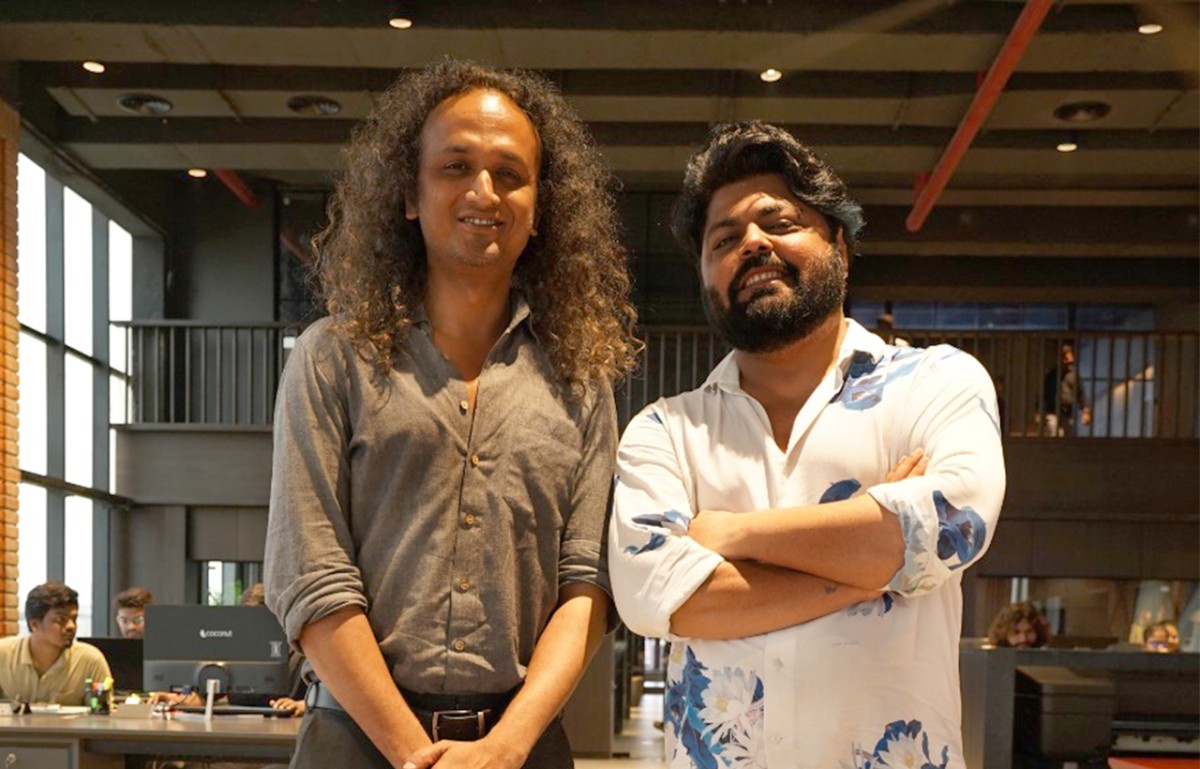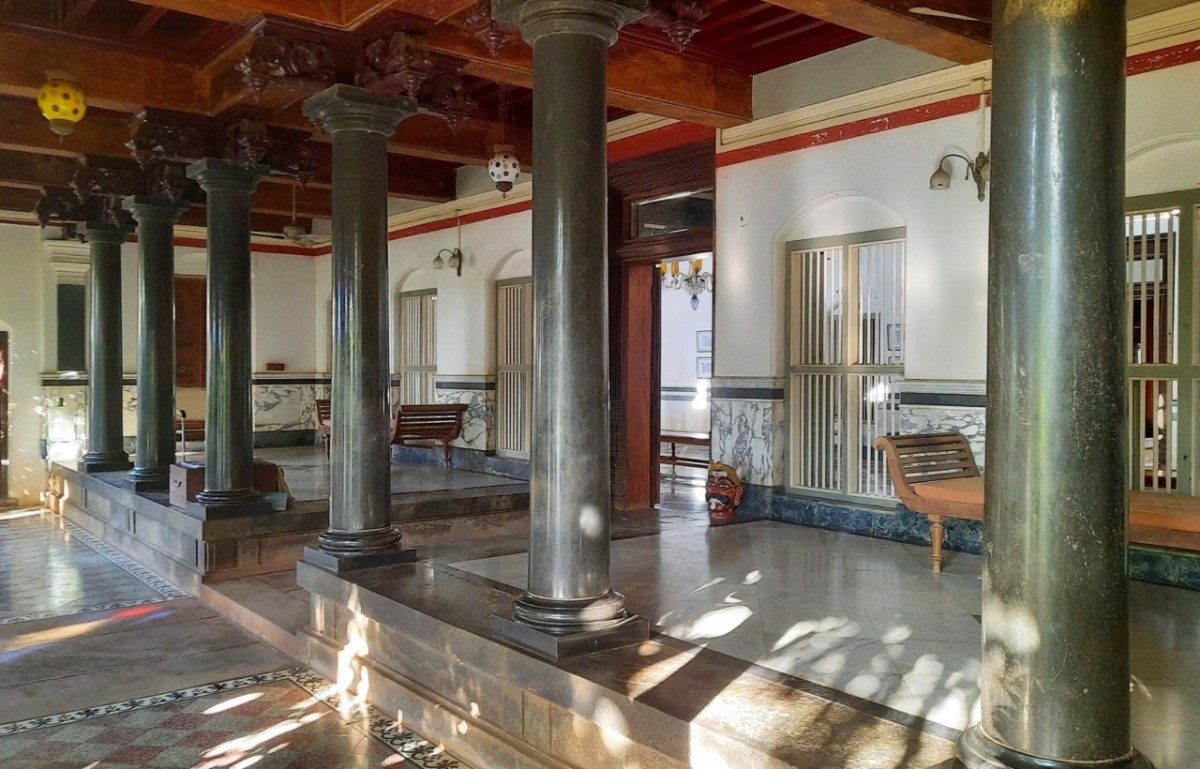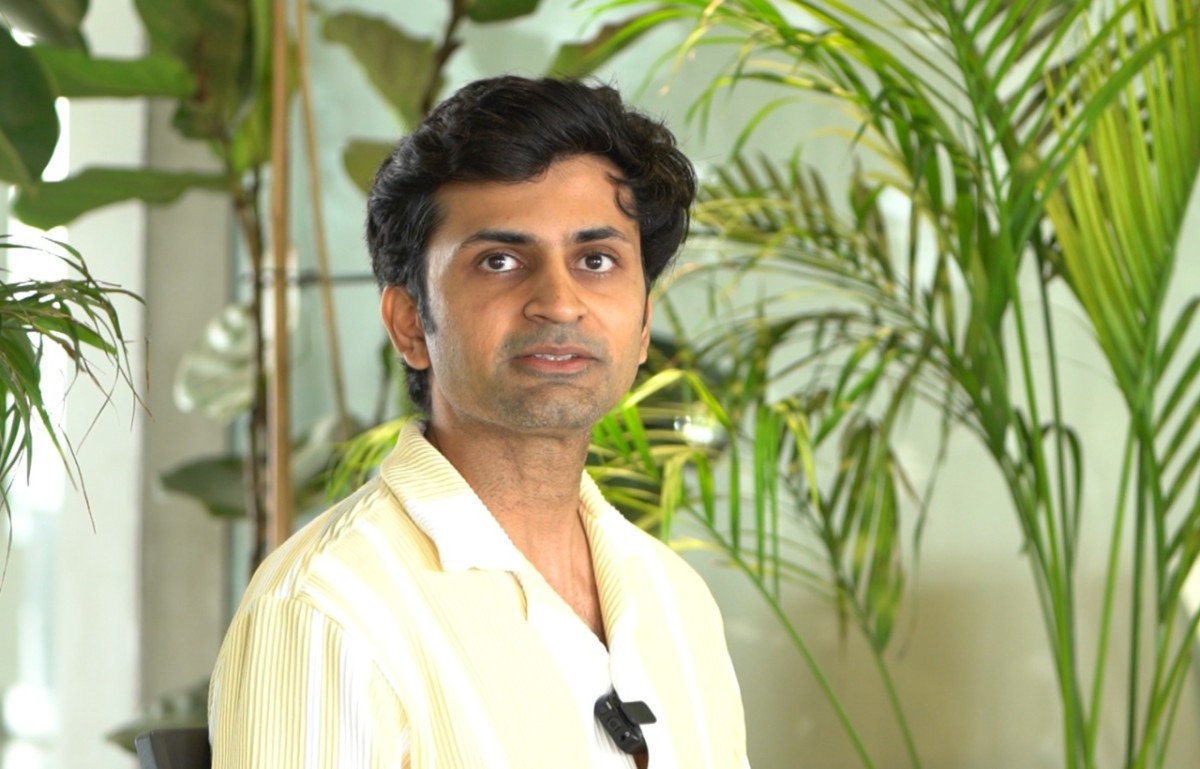Architectural Trends for 2024 That You Might Look Upon
- November 14, 2023
- By: Editorial Team
- INFLUENCERS
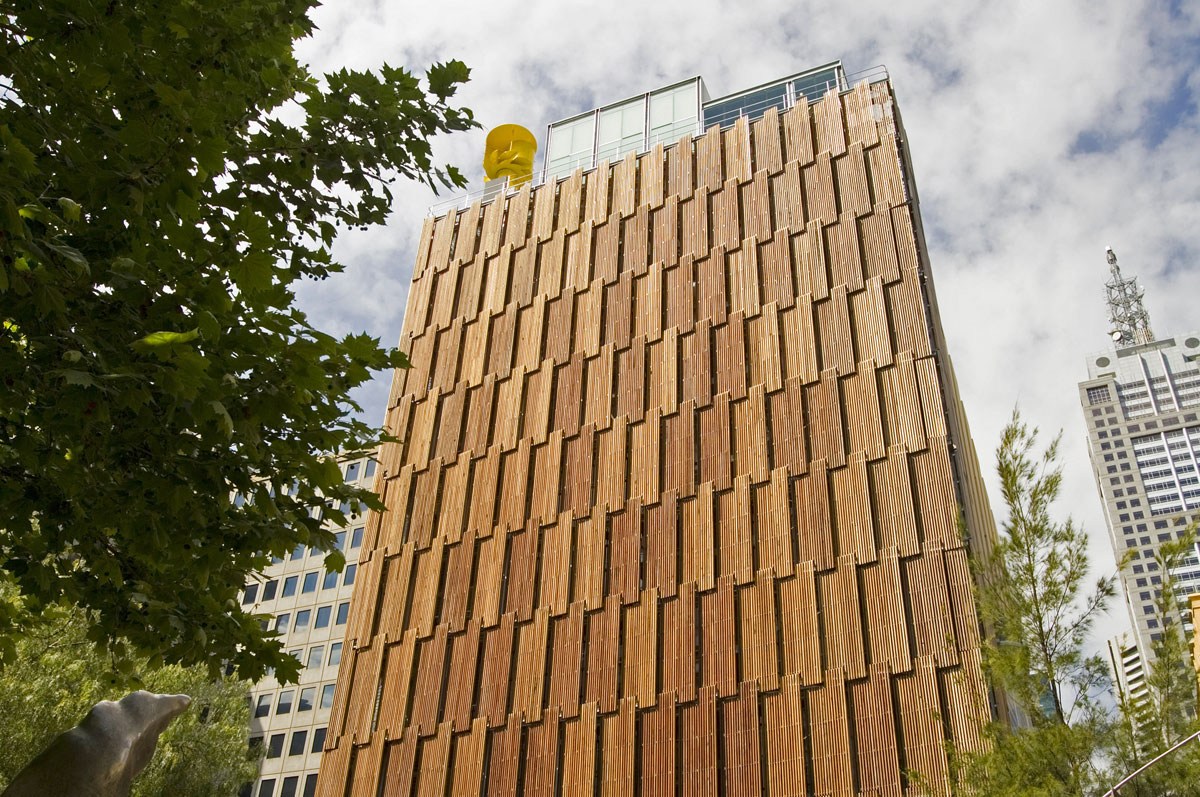 Building design and construction is influenced and shaped by architectural trends, which are dynamic yet rooted in style. Architectural trends influence the design thinking process to produce built spaces that will meet the needs of the occupants for a very long time. These trends are influenced by a variety of factors, such as the environment, societal, economic, and geopolitical changes, technological advancements, material innovations, and even life-altering events like the recent health crisis.
Building design and construction is influenced and shaped by architectural trends, which are dynamic yet rooted in style. Architectural trends influence the design thinking process to produce built spaces that will meet the needs of the occupants for a very long time. These trends are influenced by a variety of factors, such as the environment, societal, economic, and geopolitical changes, technological advancements, material innovations, and even life-altering events like the recent health crisis.
At this key moment in the effort to slow down the rise in global temperatures, designers must continue to prioritize carbon reduction through the use of cutting-edge technologies, use of eco-friendly materials, and waste recycling in building construction. Furthermore, a lot of densely populated cities are experiencing stress due to ongoing population growth and migration, particularly because most modern cities are not built with space efficiency in mind.
Although the pandemic years have been difficult for everyone, they have also given us the opportunity to learn, adapt, and become more conscious of how we live. The design of buildings will still focus on minimalism, flexible spaces, sustainable construction, energy efficiency and materiality, and environmental sensitivity; but with 2024 trend forecast, new technologies, cutting-edge materials, and avant-garde architecture will take the lead as architects actively step outside of their comfort zones to create the built environment from a futuristic perspective.
Urbanism through Greens: There is no denying fact that nature is getting displaced by urban developments, and even if the modern planners are managing to keep some urban greenery close to the ground, they are unable to connect these valuable green spaces with building occupants. The emergence of high-density cities over the past few decades has resulted in an unprecedented decline in biodiversity. Reversing this trend requires integrating green spaces into urban centers, which have dual benefits for the environment and human population.
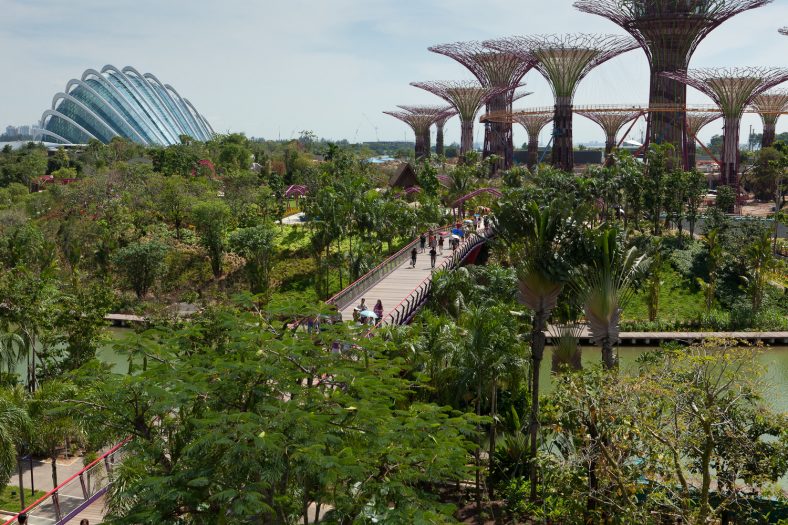
Numerous studies conducted over the years have demonstrated the many ways in which being in contact with nature improves human wellbeing, including stress reduction, mood and self-esteem enhancement, accelerated healing from illness, and improved cognitive abilities and job performance. Furthermore, encouraging biodiversity in cities can have a wide range of benefits, including stabilizing temperature, preserving natural ecosystems, and improving air quality.
The urban building construction development boasts private green balconies, green terraces, courtyards, and a sky garden stocked with different indigenous plant species, which also going to see an increasing acceptance in architectural trend for 2024.
Floating architecture for a rescue: Although not particularly new, floating architecture represents a significant advancement in climate-resilient building: Floating or buoyant buildings housing families and entire communities can be found frequently in the waterways and along the shores of Denmark, Netherlands, South Korea, Vietnam, and Thailand, among other places. They range in size from self-contained boathouses to fully functional permanent homes.
.jpeg) Architects are currently facing challenges in exploring the concepts of floating architecture and creating buoyant buildings that can adapt to severe climate events and unpredictable weather due to rising sea levels, urban flooding threats, and shrinking land availability. Some homes are constructed on land with amphibious foundations, while others are constructed on the water with pontoon or raft foundations, joined by pontoon bridges, and sometimes tied to the ocean floor.
Architects are currently facing challenges in exploring the concepts of floating architecture and creating buoyant buildings that can adapt to severe climate events and unpredictable weather due to rising sea levels, urban flooding threats, and shrinking land availability. Some homes are constructed on land with amphibious foundations, while others are constructed on the water with pontoon or raft foundations, joined by pontoon bridges, and sometimes tied to the ocean floor.
For design trends 2024, architects are always coming up with new and creative ways to create these floating buildings, like utilizing locally accessible biodegradable materials or incorporating sustainable features like solar panels for energy self-sufficiency.
3D printed houses: Rapid technological advancements have brought 3D printing to the building construction industry, particularly in the construction of residential buildings. The primary benefit of 3D printing a house is speed; depending on its size, design, and scale, it can be completed in a few hours. Even with the inclusion of joinery, plumbing, electrical, and finishing work, trends for 2024 will have 3D printed homes that can be occupied in less than three months!
Because of labor, material, and time savings, 3D printed homes are at least 20% less expensive to build than conventional ones, and as technology advances, more cost savings are anticipated. Environmental benefits are one of the main advantages of 3D printed homes. One of the major sources of pollution in the world today is construction waste, the majority of which is disposed of in landfills. Because 3D printing is an additive manufacturing technique, it minimizes waste, which lowers costs as well.
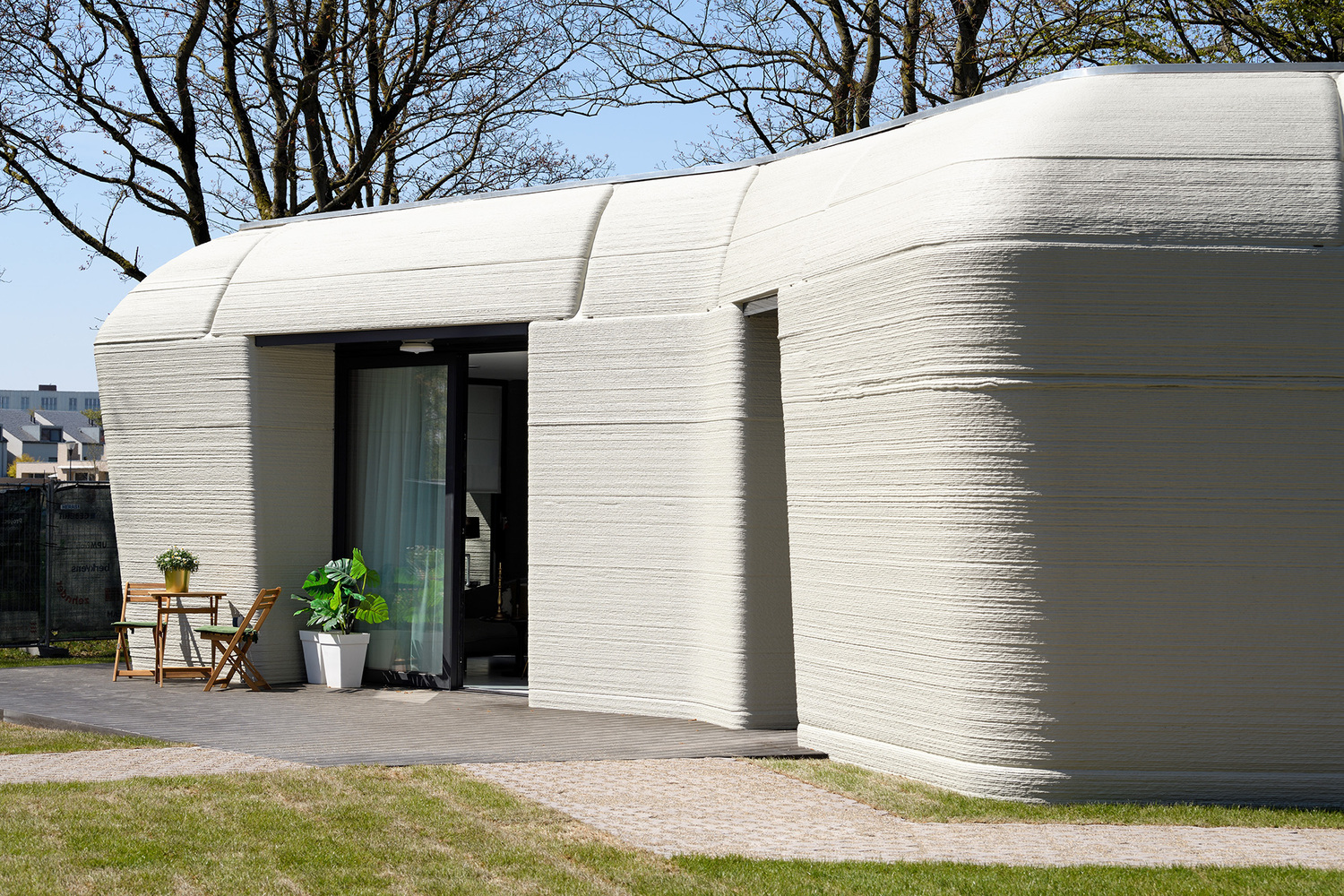 Metaverse it is: The metaverse's quick growth keeps opening up new avenues for virtual social interactions, public services, business, and recreational endeavors. As the boundaries between the work and play worlds blur, users can now access amenities in the metaverse that are occasionally difficult to find in the real world, such as a stimulating workspace, a place to meet, or just a quiet, grounded area where they can refuel both physically and mentally.
Metaverse it is: The metaverse's quick growth keeps opening up new avenues for virtual social interactions, public services, business, and recreational endeavors. As the boundaries between the work and play worlds blur, users can now access amenities in the metaverse that are occasionally difficult to find in the real world, such as a stimulating workspace, a place to meet, or just a quiet, grounded area where they can refuel both physically and mentally.
The metaverse will still be a place for creatives and architects to experiment with new concepts and show off their artistic abilities in 2024.
.jpeg) Smart and sustainable: Vast new avenues for architectural trends for 2024 in design have been made possible by ongoing developments in the fabrication of smart materials. Buildings- commercial or residential, are being transformed by smart materials, which increase their sustainability, efficiency, and ability to adjust to the needs of their users. These interactive materials react to variations in humidity, temperature, pressure, or UV light and can be used for a variety of applications.
Smart and sustainable: Vast new avenues for architectural trends for 2024 in design have been made possible by ongoing developments in the fabrication of smart materials. Buildings- commercial or residential, are being transformed by smart materials, which increase their sustainability, efficiency, and ability to adjust to the needs of their users. These interactive materials react to variations in humidity, temperature, pressure, or UV light and can be used for a variety of applications.
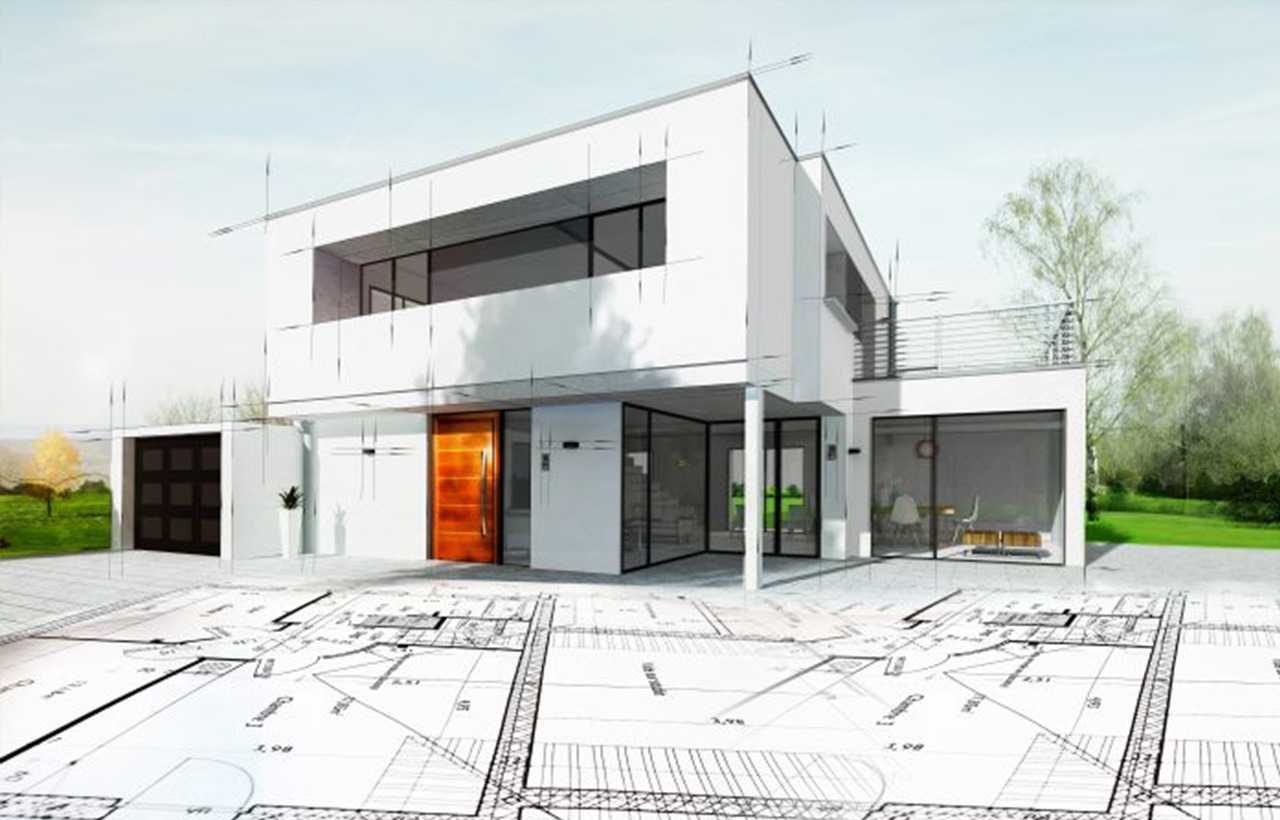 One substance that is currently in widespread use is smart glass, which has the ability to change how translucent it is to either let or block sunlight from penetrating the surface. Glasshouse conservatories are also being popular. These kinds of media are rapidly evolving and becoming indispensable in the field of architecture and design.
One substance that is currently in widespread use is smart glass, which has the ability to change how translucent it is to either let or block sunlight from penetrating the surface. Glasshouse conservatories are also being popular. These kinds of media are rapidly evolving and becoming indispensable in the field of architecture and design.
Stay Connected with Building Material Reporter: At Building Material Reporter, we are committed to bringing you the latest and most impactful updates from the world of construction and design. Stay tuned for more insights and ideas on cutting-edge construction technology, green buildings, home decor, interior design, innovative materials, new projects, and architectural advancements. Your go-to source for inspiration and knowledge in the industry—because we believe in serving the best.


